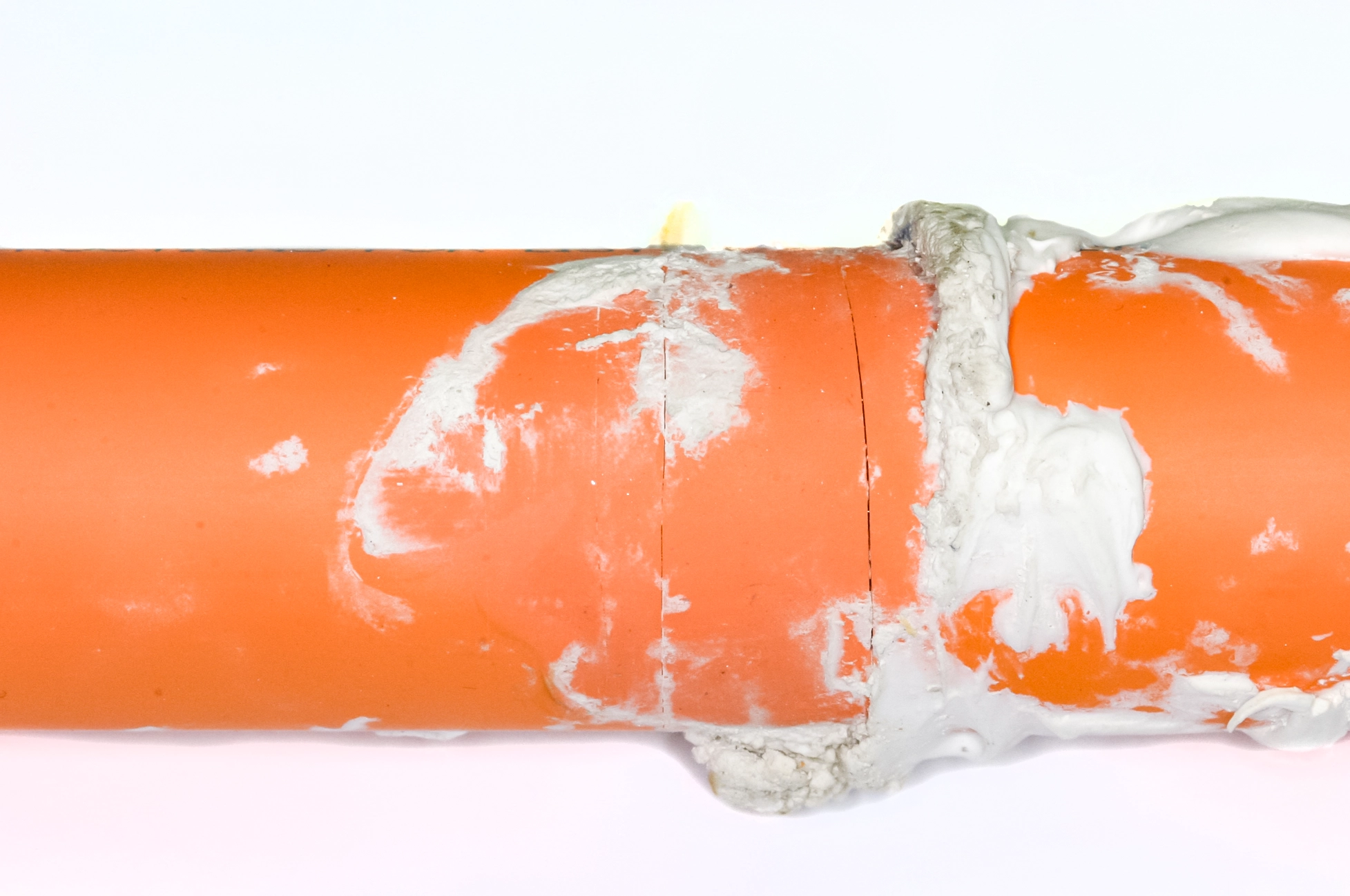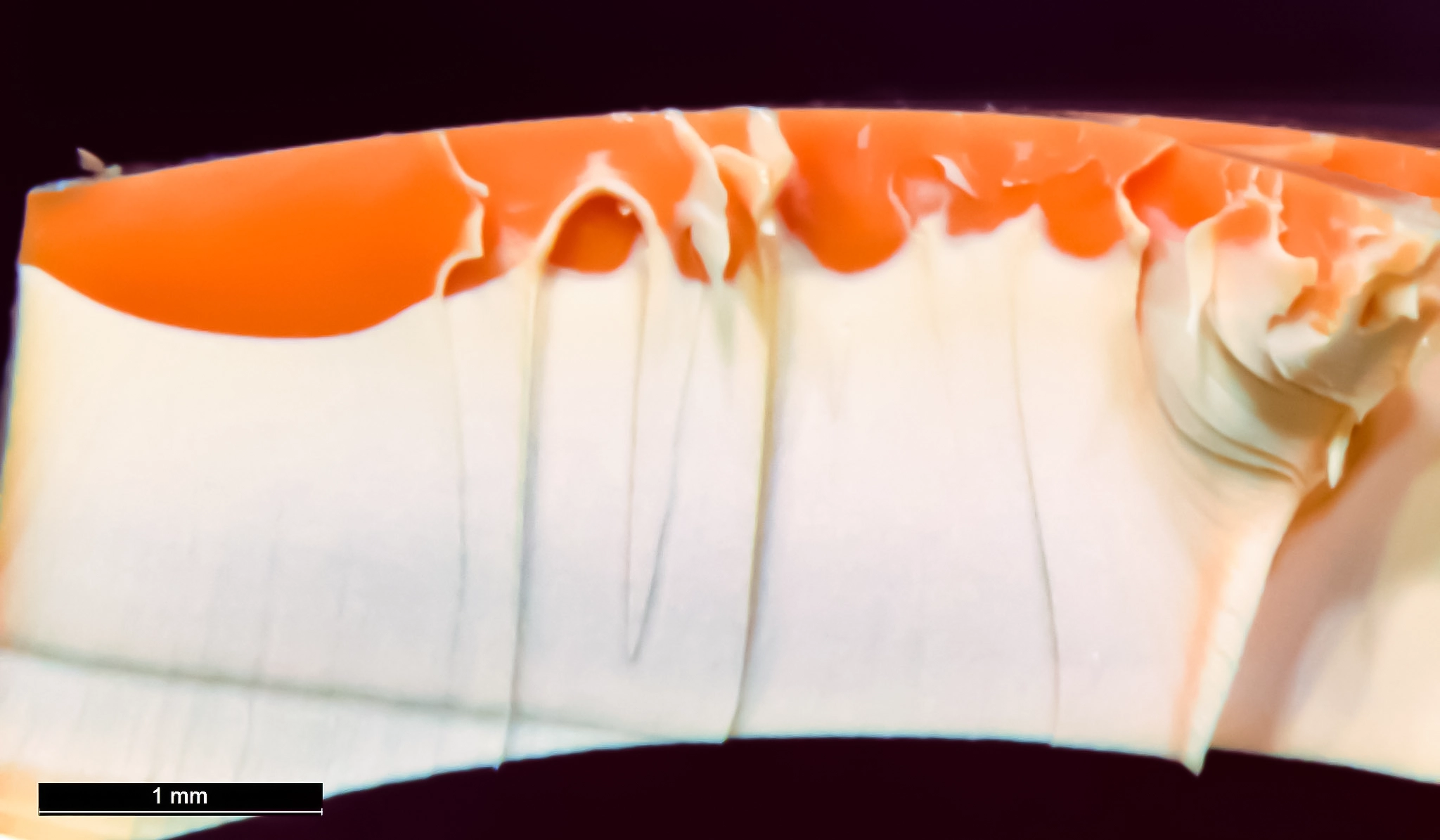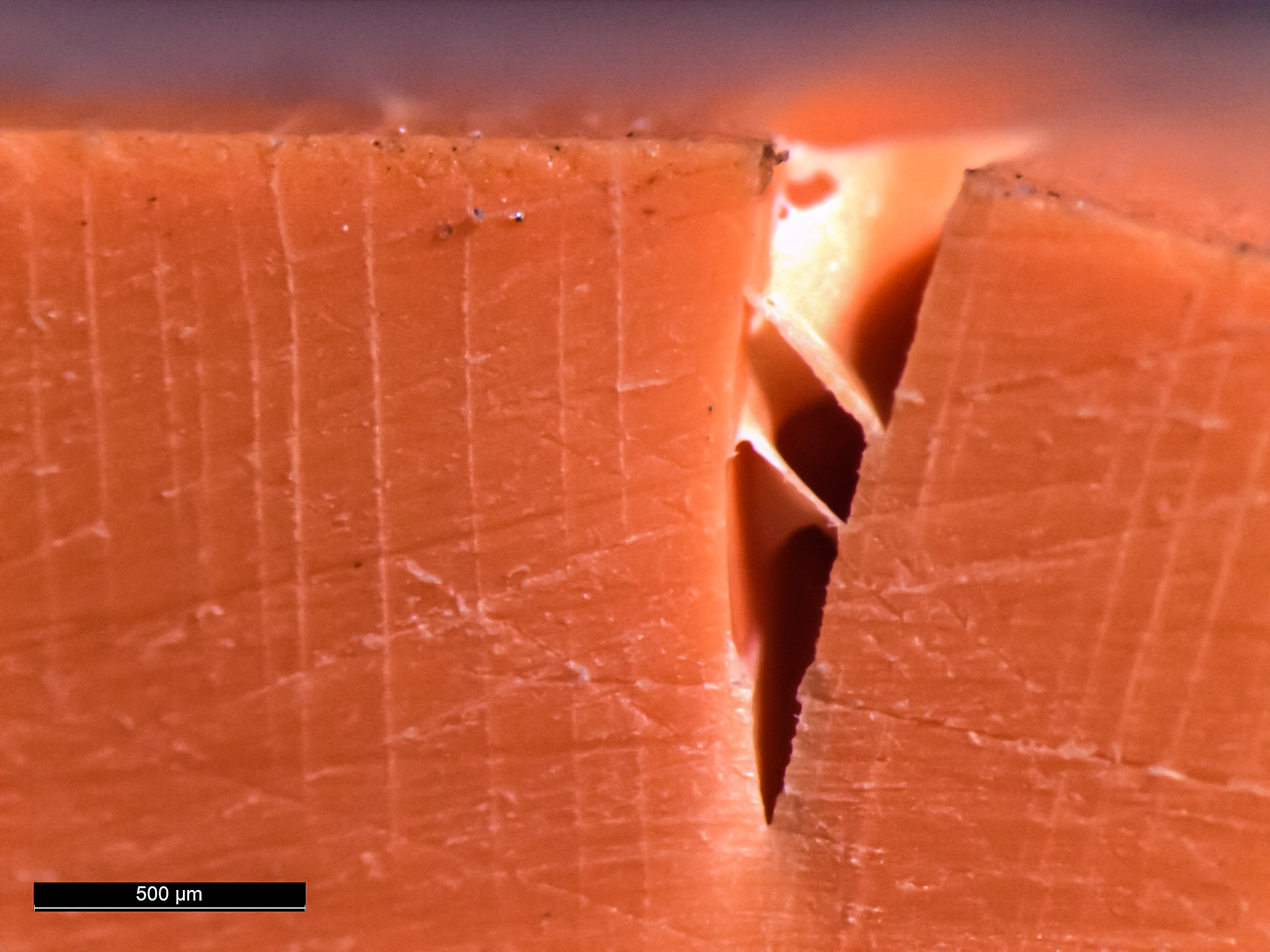Compatibility of Sealants with CPVC Pipes and Sprinkler Systems
Chlorinated polyvinyl chloride (CPVC) is an amorphous thermoplastic material. The increased chlorine content compared to standard polyvinyl chloride (PVC) enhances its mechanical performance at elevated temperatures. Consequently, CPVC is commonly utilized in applications such as hot water piping systems and fire sprinkler pipework.
In numerous construction scenarios, it is essential to seal service penetrations (such as pipes, ducts, and cables) in walls and ceilings to prevent the movement of flames, heat, and smoke between neighboring areas. This is typically accomplished using firestopping materials or intumescent sealants.

It is important to select sealants compatible with the pipe materials used and this is particularly so for safety critical components such as fire sprinkler pipework
The main suppliers of CPVC pipework for fire sprinkler applications maintain lists of approved products that they have tested with their products. However, as the exact formulation of a CPVC compound may vary between suppliers, compatibility of a sealant with one pipe supplier’s product may not necessarily infer compatibility with that of another.
Aside from components of some sealants having the potential to soften and swell the CPVC resulting in a loss of strength, a particular risk of failure comes from environmental stress cracking.
Common to all amorphous thermoplastics, CPVC is prone to environmental stress cracking (ESC) and common constituents of many sealants such as plasticisers can act as stress cracking agents.

Crack in CPVC sprinkler caused by incompatible sealant
Contact with an incompatible sealant can lead to crazes forming in the CPVC pipe. During an inspection crazing may not be apparent, as it is typically covered by the sealant. However, over time, these crazes can coalesce and form a crack which may result in leaking of water and property damage or could to sudden catastrophic failure and the system failing to operate effectively.
If a specific sealant product is to be used in contact with CPVC pipework and it is not approved for use by the pipe manufacturer we strongly recommend an assessment is made to confirm compatibility before the pipe system is installed.
At ipolytech we have assessed failed pipework from numerous installations, compared the composition of sealants removed from site with reference samples and developed test procedures for assessing the compatibility of intumescent sealants with CPVC material



